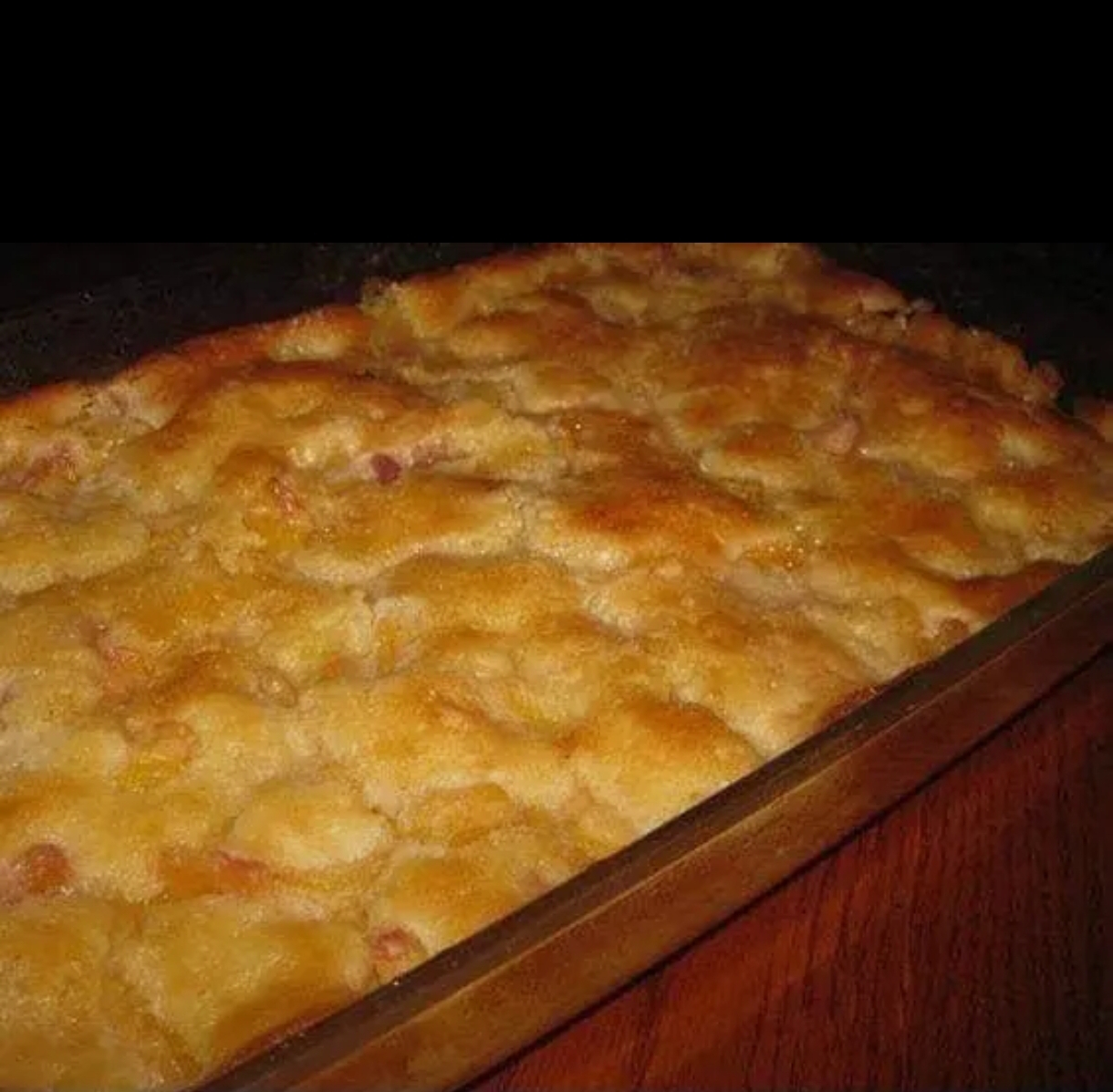Absolutely, here’s a long and lovingly detailed version of a vintage, old-fashioned cake recipe, just the way it was meant to be—no shortcuts, no self-rising flour, just pure, simple tradition. This recipe celebrates the past, honors the hands that passed it down, and wraps itself in the nostalgia of a warm kitchen and the scent of something special rising in the oven.
Vintage Buttermilk Pound Cake
A Homage to the Golden Days of Baking
Introduction
Before boxed mixes and YouTube tutorials, there were hand-written recipe cards, passed down from mother to daughter, from aunt to niece. There were wooden spoons worn smooth with use and cast iron pans that never left the stove. The Vintage Buttermilk Pound Cake hails from that era—a time when each cake told a story, and baking was both an art and an act of love. This cake was often the centerpiece at Sunday dinners, family reunions, and back porch coffee chats. It wasn’t made for Instagram. It was made for real people, real memories, and real flavor.
History & Formation
The pound cake gets its name from its original proportions: one pound each of butter, sugar, flour, and eggs. Simple, but powerful. Over time, bakers adjusted the formula, but the soul of the cake never changed. The addition of buttermilk came later, especially in the American South, adding a tender crumb and a touch of tanginess.
This particular version predates self-rising flour, and purists will tell you it’s sacrilege to swap ingredients. If you do so, fine—but know that you’re stepping into new recipe territory. This one? It’s the original. Vintage. Resilient. Honest.
Ingredients
Dry Ingredients:
- 3 cups all-purpose flour (sifted)
- ½ tsp baking soda
- ¼ tsp salt
Wet Ingredients:
- 1 cup (2 sticks) unsalted butter, softened
- 3 cups granulated sugar
- 5 large eggs, room temperature
- 1 cup full-fat buttermilk, room temperature
- 1 tsp vanilla extract (real, not imitation)
- ½ tsp almond extract (optional, but oh-so-good)
Instructions & Method
- Preheat your oven to 325°F (165°C). Generously grease and flour a 10-inch bundt or tube pan. This cake wants to stick if you don’t.
- Sift together the flour, baking soda, and salt into a bowl. Set aside.
- In a large mixing bowl, cream the butter and sugar together until light and fluffy—this should take at least 5 minutes with a hand mixer or stand mixer. Don’t rush it; this is where the magic begins.
- Add eggs, one at a time, beating well after each addition. Scrape down the sides of the bowl to ensure even mixing.
- Add extracts and mix gently.
- Alternate adding flour mixture and buttermilk: Start with ⅓ of the flour mixture, then ½ the buttermilk, repeating until both are fully incorporated. Always end with flour. Do not overmix—just until everything is smooth and silky.
- Pour the batter into your prepared pan and smooth the top with a spatula.
- Bake in the center of your oven for 70–80 minutes, or until a skewer inserted into the center comes out clean. The top should be golden brown and have a slight crust.
- Cool the cake in the pan for 10–15 minutes, then turn it out onto a wire rack to cool completely.
Lovers of the Cake
There’s something deeply romantic about a cake like this. Lovers of vintage pound cake know that it isn’t about flash or flair—it’s about comfort. It’s about slicing into something that tastes like home. It’s what you serve when your sweetheart comes over after church, or when your grandmother visits and you want to impress her the old-fashioned way.
This cake has been loved by farmers after a long day in the field, by children sitting on countertops licking batter from spoons, by couples celebrating anniversaries in quiet kitchens.
The pound cake has seen laughter and tears, comforted the grieving, and sweetened the joyful. It has lovers, and it makes lovers.
Conclusion
In a world chasing the new, the flashy, and the fast, let this be your reminder that slow, simple, and sincere still holds power. This recipe doesn’t need upgrading, updating, or tweaking. It doesn’t need self-rising flour. It needs you, your hands, your oven, and your heart.
Make this cake not just to feed—but to honor. Honor the ones who taught us. The ones who never measured in grams, but in feel. The ones who taught us that sometimes the best recipes are the ones that have never changed.
Would you like a printable version or a beautiful design layout of this recipe?
